Hybrid Work, Trust, and the Benefits of Flexible Workplace Design
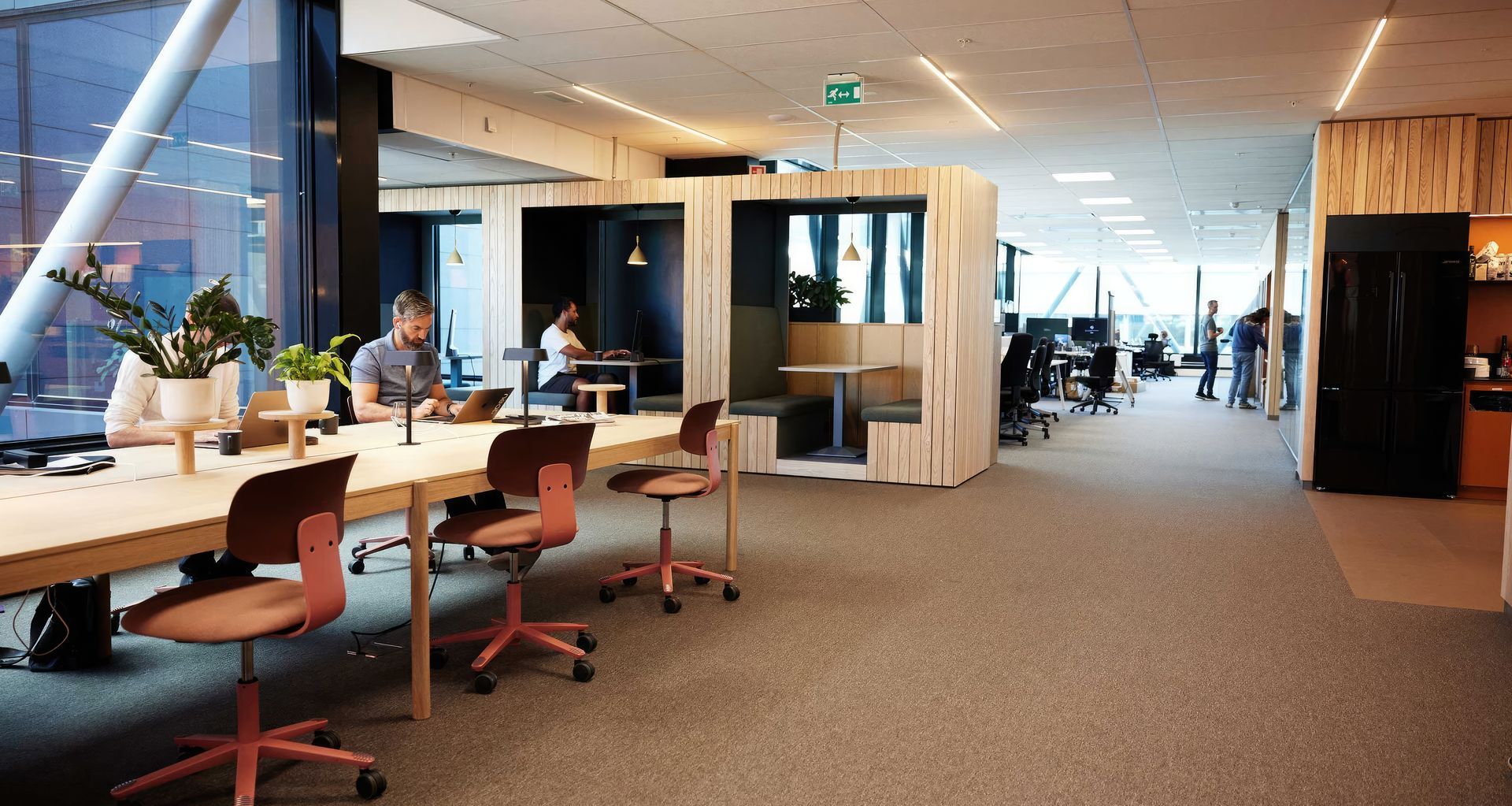

Successful hybrid workplaces are built on a foundation of flexibility and trust. Trusting your employees and letting them work where they feel most comfortable and effective is the best strategy to succeed with productivity. Despite this, Microsoft’s 2022 Hybrid Work Report found that whilst a majority of employees (87%) report that they are productive at work, 85% of leaders found the shift to hybrid work made it challenging to have confidence in their employees’ productivity.
“We’re in a moment in the history of work where the nature of work as we’ve known it has been disrupted, whether we embrace it or not,” says Tsedal Neeley, Author of Remote Work Revolution: Succeeding from Anywhere, continuing; “All or nothing is easy, when all are in the office or all are remote. But with hybrid work, it’s a mix of in-office and remote, and we’ve entered a grey zone… You have to trust that (workers) are intelligent enough and well-intentioned enough to get work done no matter what it takes… All of the early data show that when people are forced into the office, they resent it… Sometimes you need to be shoulder-to-shoulder to collaborate, but you have to trust people will show up when they need to.”
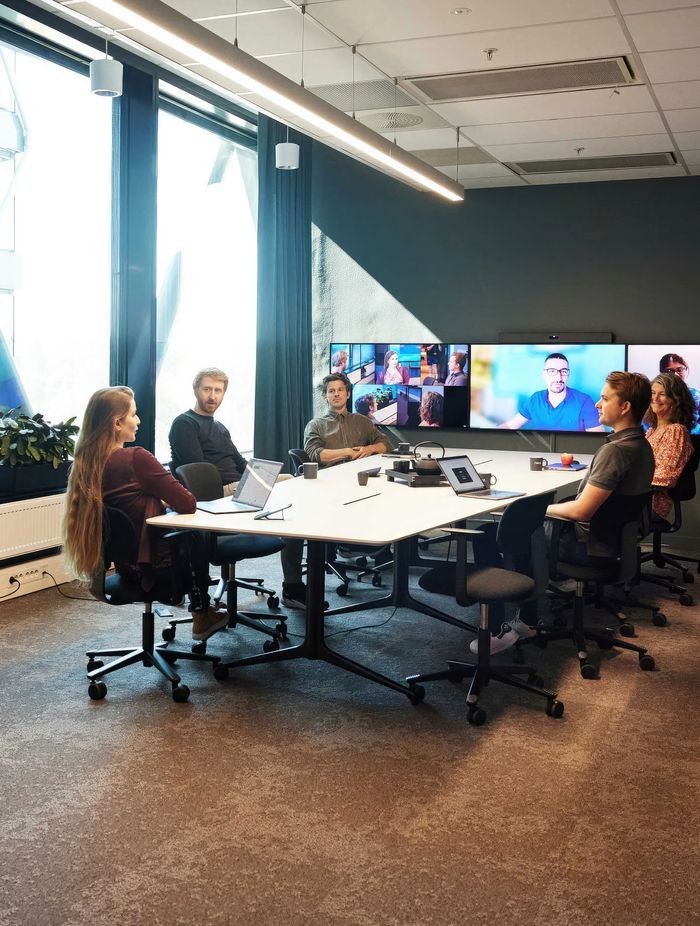
Flexible workspace design
If businesses cannot rely on forcing staff to work from the office, creating environments that are most conducive to productivity and well-being will entice them back in. Trusting employees to make the right decisions, and providing them the opportunity to be happy in the office will build a harmonious and strong workplace culture.
This approach goes hand in hand with flexible workspace design. Adjustable, multi-purpose environments allow your workspace to provide for the different needs of employees, shifting from collaborative to informal, project-based, and personal work, depending on occupancy and work requirements. It also futureproofs organisations from the expansion of personnel and further change in trends. Of course, that doesn’t mean your entire office should be constantly changing. There will always be core needs for any organisation, and the office must first cater to these needs, but outside of this, the scope should always be on flexibility.
When Neat designed its new headquarters, it decided to fully embrace the hybrid working culture. Nearly 50% of their Oslo workplace was designed to be flexible, as explained by Lars Olav Dybdal, Interior Architect at IARK, who led the project; “Organizations like Neat need to be able to expand or rearrange rapidly, making flexibility and diversity of solutions our number one priority. The trend around the world is to focus on collaboration spaces, so the main purpose of the office is to facilitate this. And of course to make an attractive office for the employees after a long period with the home office.”
Neat’s workspace has a core set of open-plan workstations, meeting rooms, digital meeting rooms, and social spaces. Their additional flexible space allows for a range of ad-hoc capabilities. When occupancy is high, it can operate as personal workstations. Casual meetings, special events, workshops, and group projects can also operate in these spaces. Curtains can be drawn to create a sense of privacy when needed, with a range of acoustic panels in the workspace helping to reduce audio disturbances.

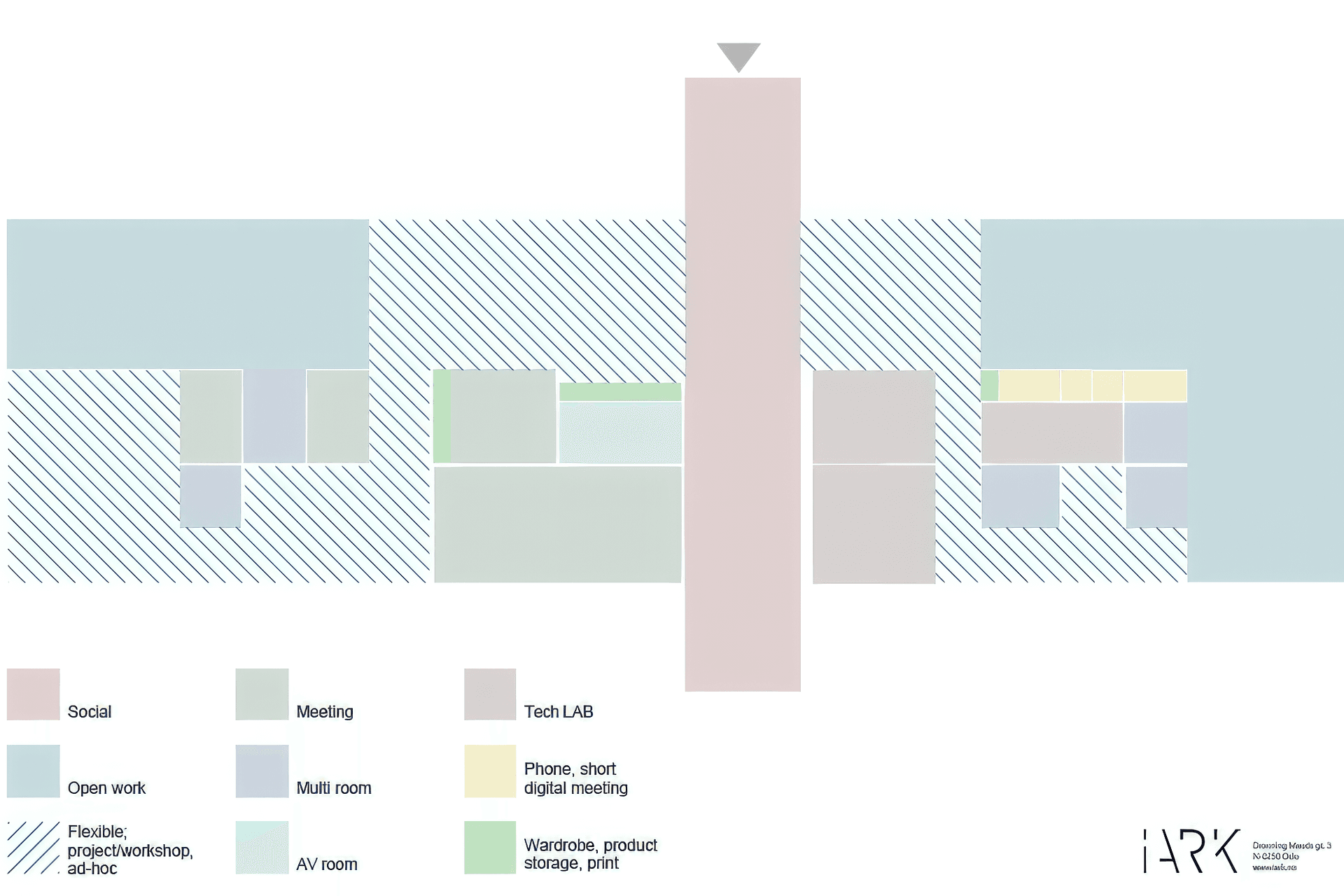
Digital Collaboration Technology
Collaboration for Hybrid working organizations requires reliable technology solutions to allow for the seamless participation of both remote and in-office participants. Neat is a Norwegian video communications company partnered with Microsoft Teams and Zoom, designing pioneering video meeting devices that bring rich and meaningful experiences to people’s work, interactions and lives, accommodating all types of hybrid workforces, workplaces and workstyles. Neat has designed its Oslo HQ as the perfect testing ground for its leading-edge technology.
“With the rise of video collaboration, meeting spaces need to be multi-purpose to accommodate the range of uses different teams have in mind for them.” Says Hayley Cannon from Neat, “From daily stand-ups to blue-sky thinking sessions, video collaboration devices that can cater to many different kinds of hybrid meetings are a great investment. Whatever type of meeting space you’re planning, push yourself to make it multi-purpose. You’ll be future-proofing your investment, and getting maximum value out of your video devices.”
Neat CEO & Co-founder Simon Teigre shared his thoughts with us on how businesses can adapt to hybrid working patterns.

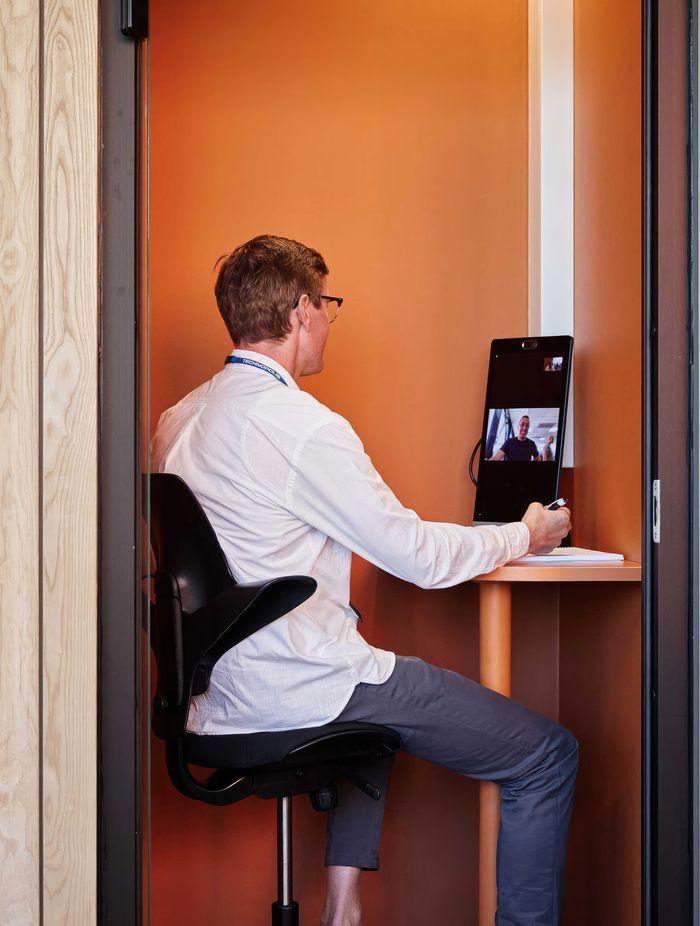
Seating for Hybrid work
There are several key criteria that furniture should meet to enhance and deliver flexible hybrid workspaces. These include:
INTUITIVE COMFORT AND SUPPORT
Hybrid work environments often support multiple users throughout the week. This means furniture should be easily adapted to suit different users. Chairs should have the least amount of fiddling required to adjust them, with intuitive and easy to use controls. Height adjustable desks can also help to accommodate different sized users.
BOOTHS & LOUNGE SEATING
Those working remotely are at greater risk of exclusion from spontaneous & informal contact that sparks creativity. Lounge seating or phone booths adjacent to meeting rooms allow for pre or post-meeting follow up between in-person and remote colleagues.
THINK MODULAR
Modular seating give you the freedom to meet the needs of your workspace, whilst also being easily rearranged into new designs. Teams can shrink, grow and evolve when needed, and spaces can switch from solo-focused desks to open-plan or collaborative spaces without any fuss.
ACTIVE DYNAMIC SEATING
Workspaces that incorporate active seating encourage dynamic participation. Engagement is much harder when you sink into a chair or feel restricted by rigid design. For spaces designed for short encounters, balance stools, or higher seats encourage a healthy and enthusiastic exchange.
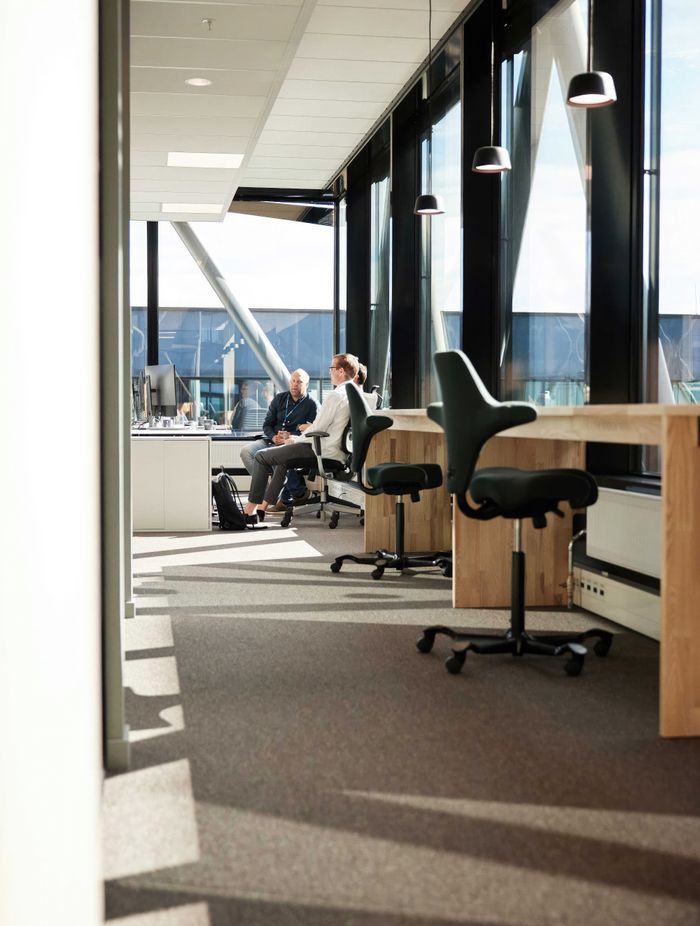

DESIGNING BETTER WORKSPACES
Today's distributed and diverse way of working is completely changing the office experience. Flexibility in working practices requires a more dynamic, flexible workplace design, allowing companies to enhance employee experiences whilst creating lasting business advantages. Flokk is helping businesses unlock their workplace potential, offering advice and expertise in helping you choose the right seating for your workspace.
